Rare plants: these are the wanted ones.
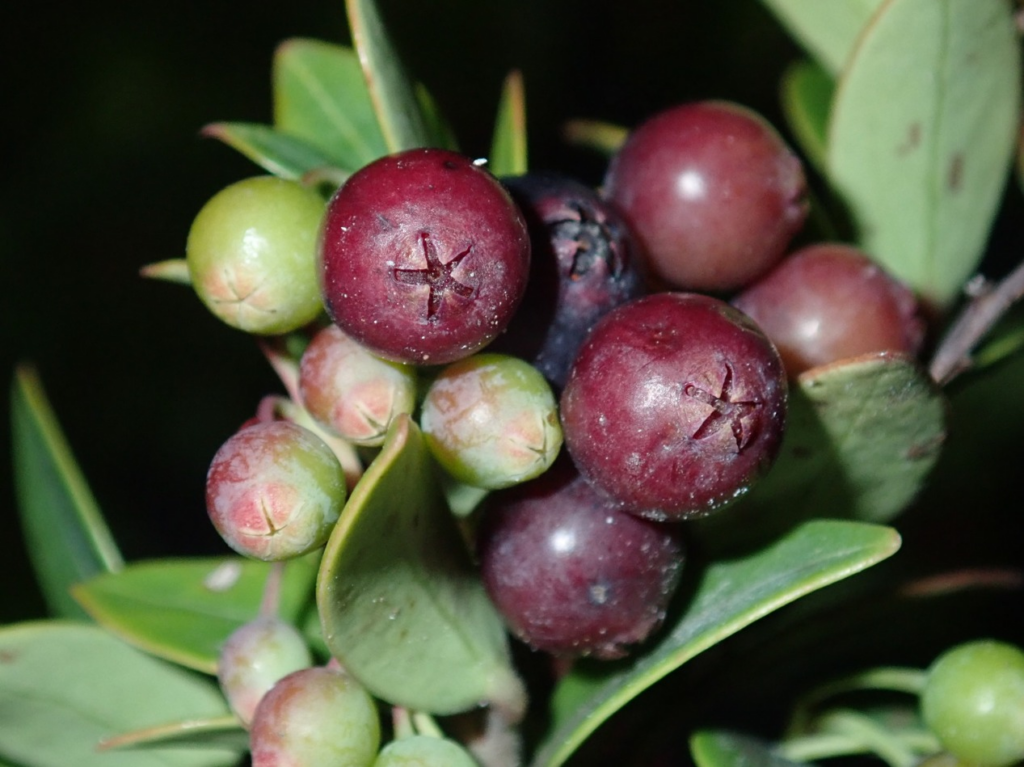
An exciting development has gasped the field of botany in the Philipppines. Researchers, including Filipino botanists, recently discovered a new type of tropical blueberry called Vaccinium fallax on Mt. Apo, the highest mountain in the Philippines.
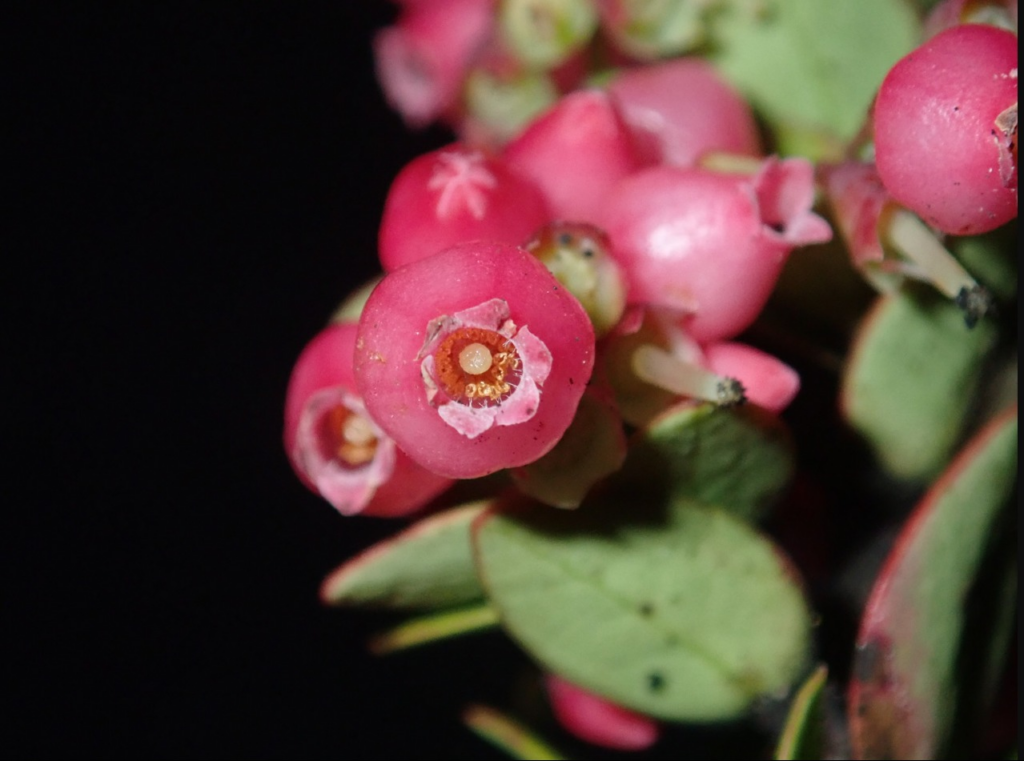
Filipino researcher, Maverick N. Tamayo and his team identified this species, which is unique to the region (micro-endemic) and grows only in specific rocky areas near the mountain’s summit. While it closely resembles Vaccinium myrtoides, a wild berry known to hikers in the region, V. fallax has unique characteristics, such as smaller leaves and distinct flower structures, which differentiate it from its relative.
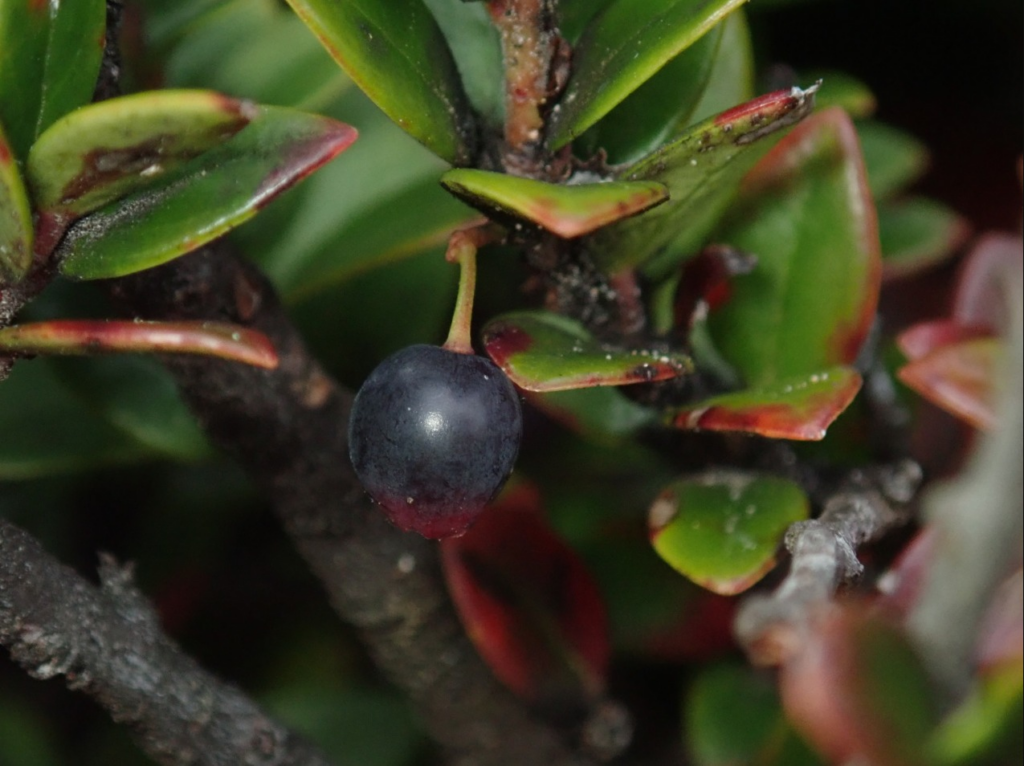
WHAT IS A VACCINIUM FALLAX?
V. fallax is named for its resemblance to the other local berry but has distinct characteristics that set it apart. It has unique, deep pink, bell-shaped flowers compared to the pale pink, more cylindrical flowers of V. myrtoides. The V. fallax’s calyx lobes, the part of the flower beneath the petals, are broadly triangular.
HABITAT AND ENVIRONMENT
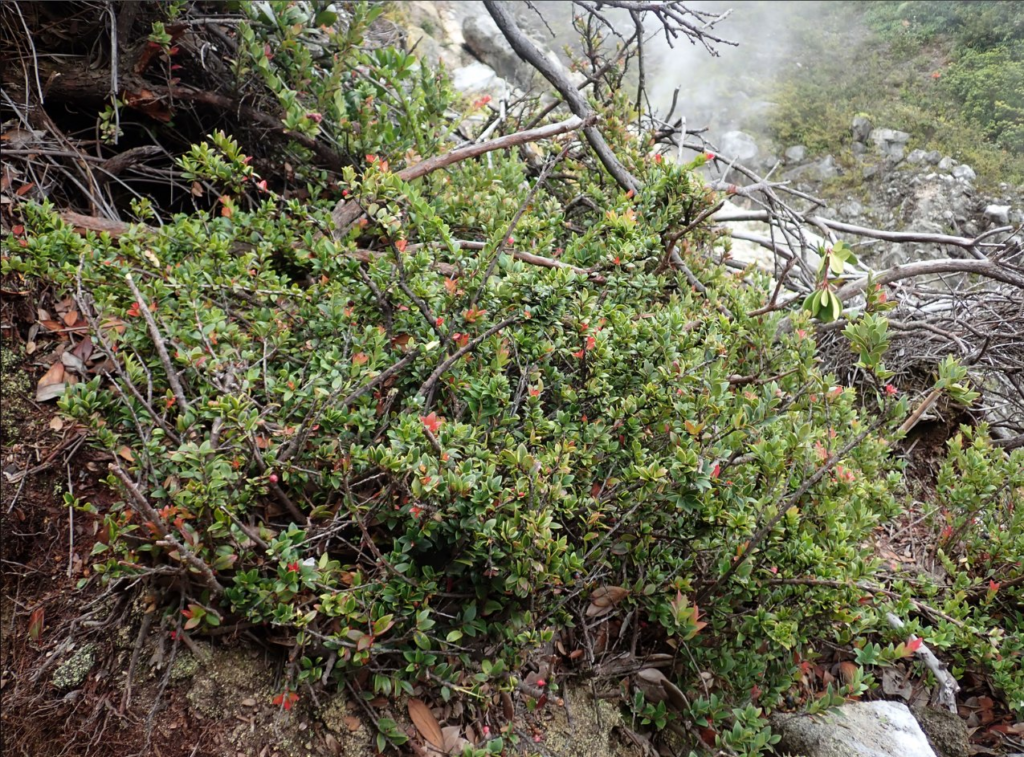
This plant thrives in the challenging environment of rhyolite boulders near the mountain’s peak. Due to its limited and specialized habitat, scientists have proposed classifying V. fallax as a critically endangered species to promote conservation efforts and protect it from potential threats in its natural environment. This highlights the urgent need to protect Mt. Apo’s rich and unique biodiversity to prevent the loss of rare plants like V. fallax.
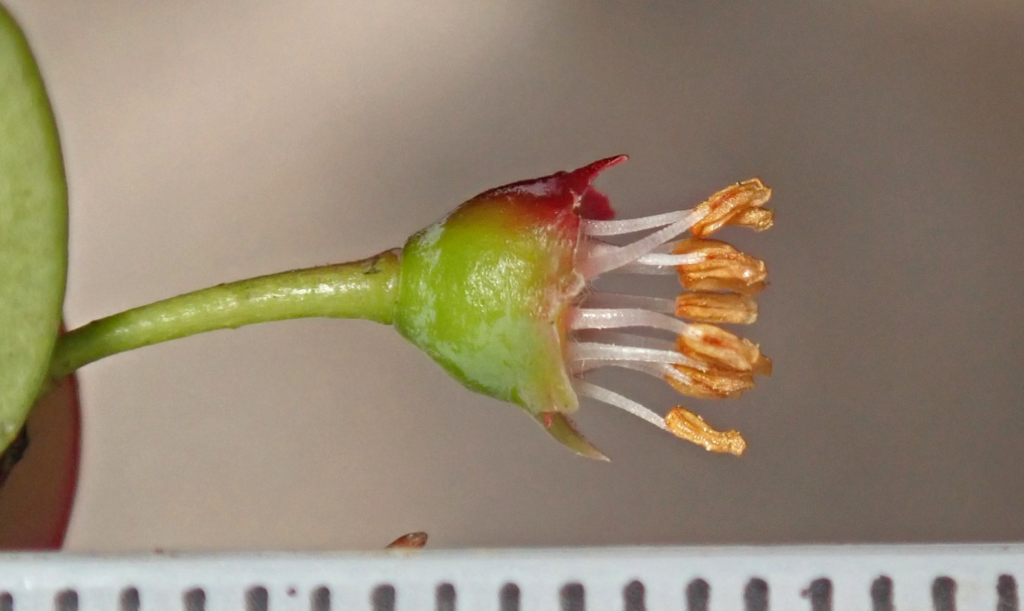
This discovery emphasizes the importance of conservation efforts and the role of research in understanding and preserving the natural heritage of regions like Mt. Apo.


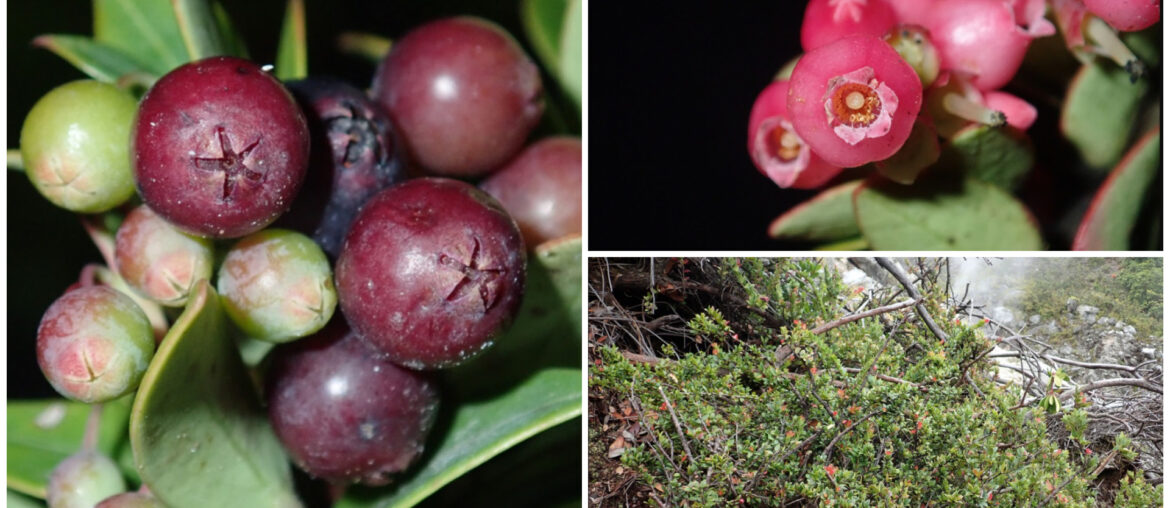
Comments are closed.